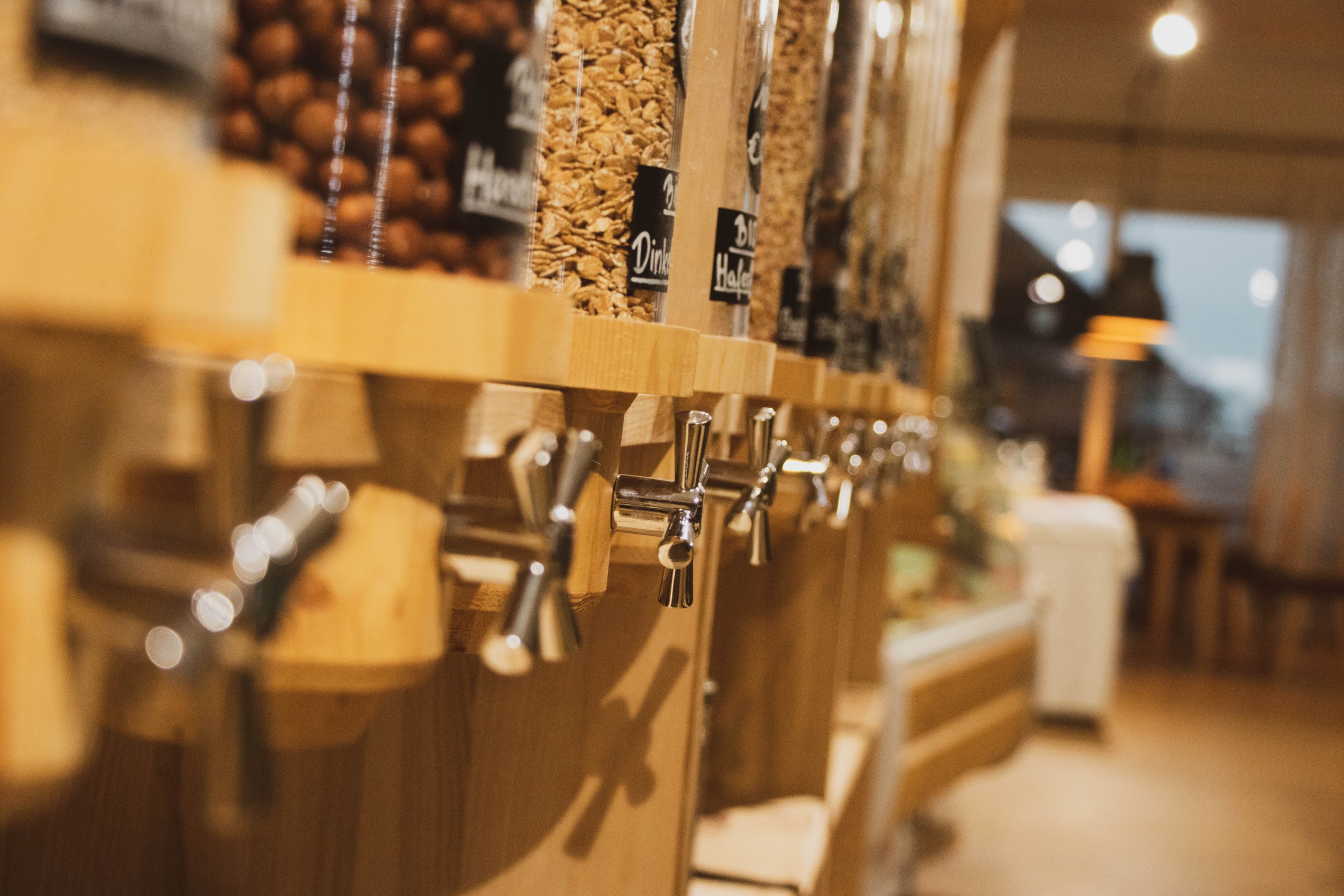
Ditch plastic packaging: Shop at your local refillery
A wave of new retail businesses are eliminating single-use plastic packaging entirely, showing us what a future with dramatically less plastic could look like.
America's plastic problem has gotten way out of hand.
Most of us diligently recycle, take reusable bags with us when we shop, and look for new ways to stop using so much single use plastic “stuff”. Our individual actions are necessary, but won’t be enough. The good news is that the momentum to move beyond plastic is growing. More states, communities and businesses are getting rid of plastic bags, foam containers and other plastic “stuff” we can live without.
A wave of new retail businesses are eliminating single-use plastic packaging entirely, showing us what a future with dramatically less plastic could look like.
Report ●
Increasing compost can quickly and efficiently decrease methane emissions in landfills and restore soil health.
Leading up to Earth Day, U.S. PIRG Education Fund, Environment America Research & Policy Center and Frontier Group are releasing a new report, Refill, Return, Reimagine: Innovative Solutions to Reduce Wasteful Packaging, that explains no-waste and low-waste business models, shares case studies and demonstrates ways to reimagine our relationship with plastic.
A new report from U.S. PIRG Education Fund and Environment America Research & Policy Center found that Amazon packaging rarely gets recycled when customers use the company's recommended store drop-off system.
Plastic Bag Bans Work, a new report released Thursday by U.S. PIRG Education Fund, Environment America Research & Policy Center and Frontier Group, estimates that, on average, plastic bag bans similar to those studied can eliminate almost 300 single-use plastic bags per person, per year.
The plastic waste crisis is out of control, but with the help of supporters like you, we can make a difference in the months ahead.
ATLANTA--- The Coca-Cola Co., the world’s top plastic polluter according to a recent Global Brand Audit, announced on Thursday a new commitment to use refillable or returnable glass or plastic bottles – or refillable containers at fountains and dispensers – for at least 25% of global beverage sales across its entire brand portfolio by 2030.
Executive Vice President; President, PIRG